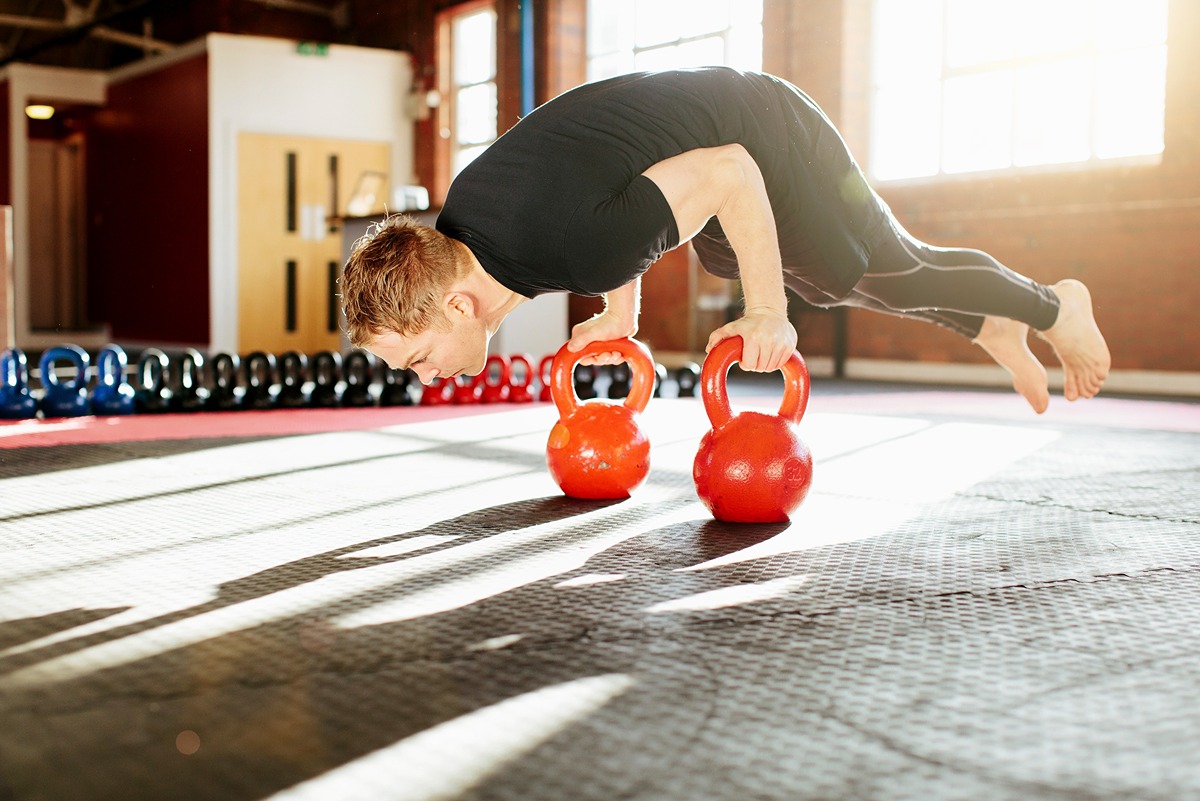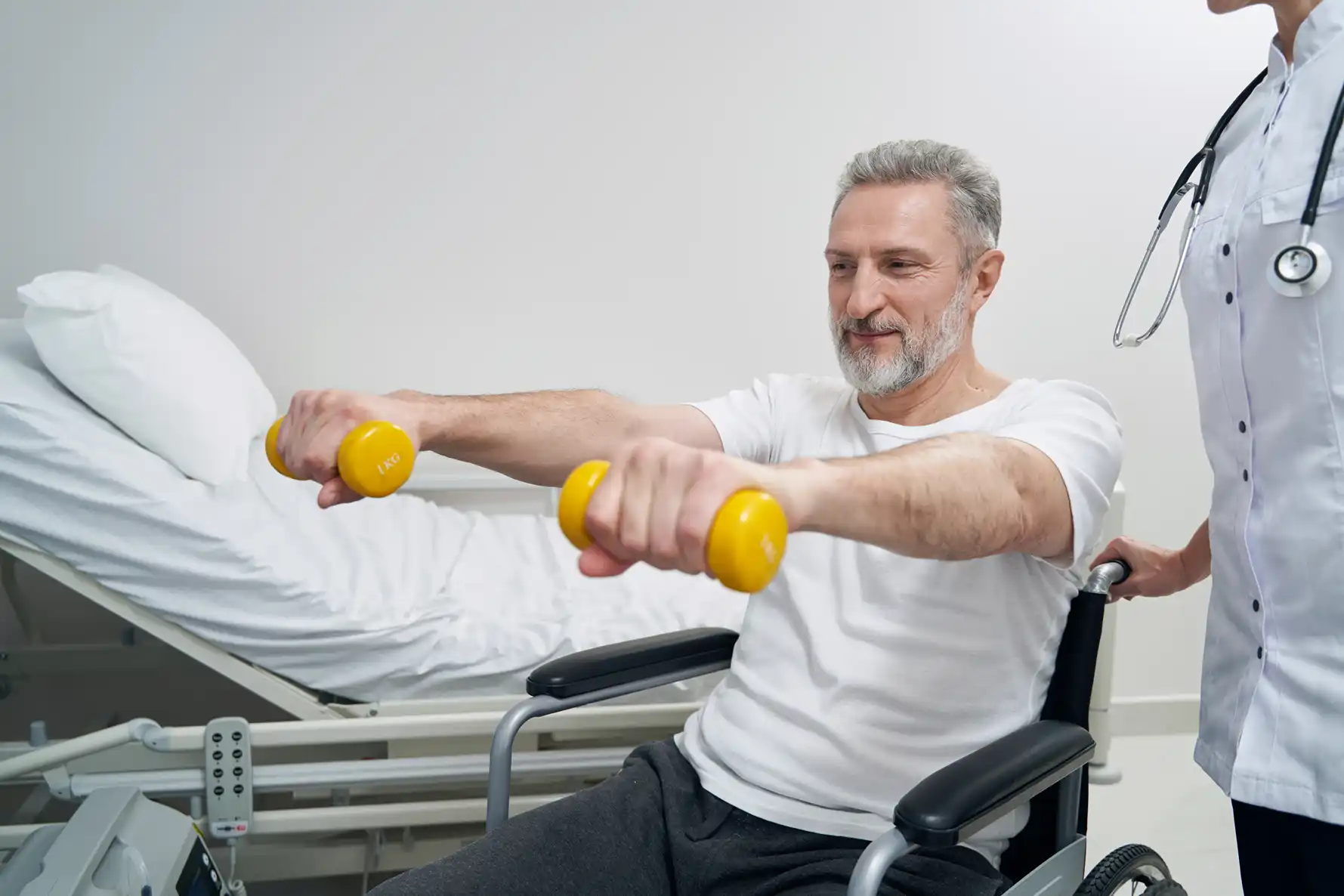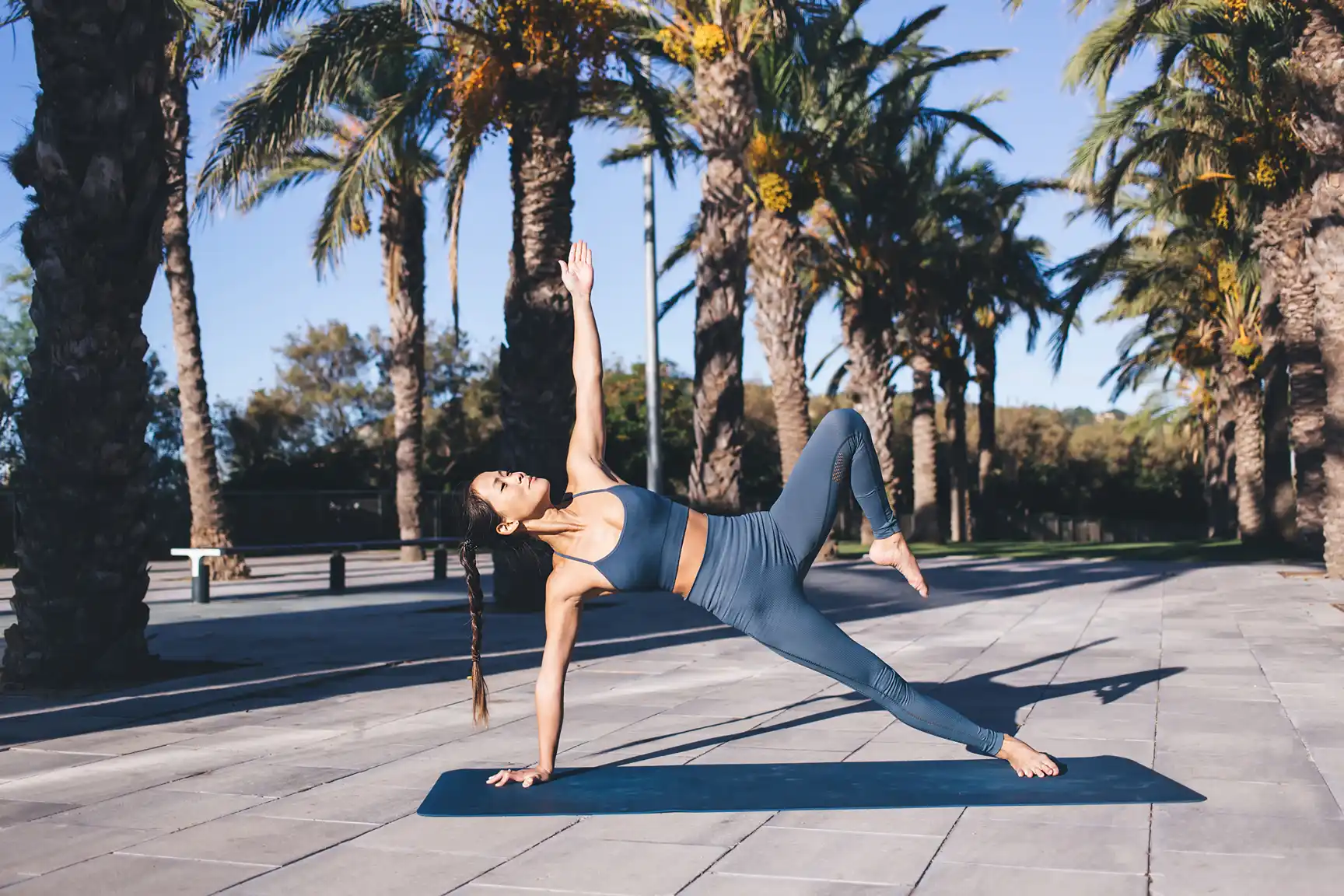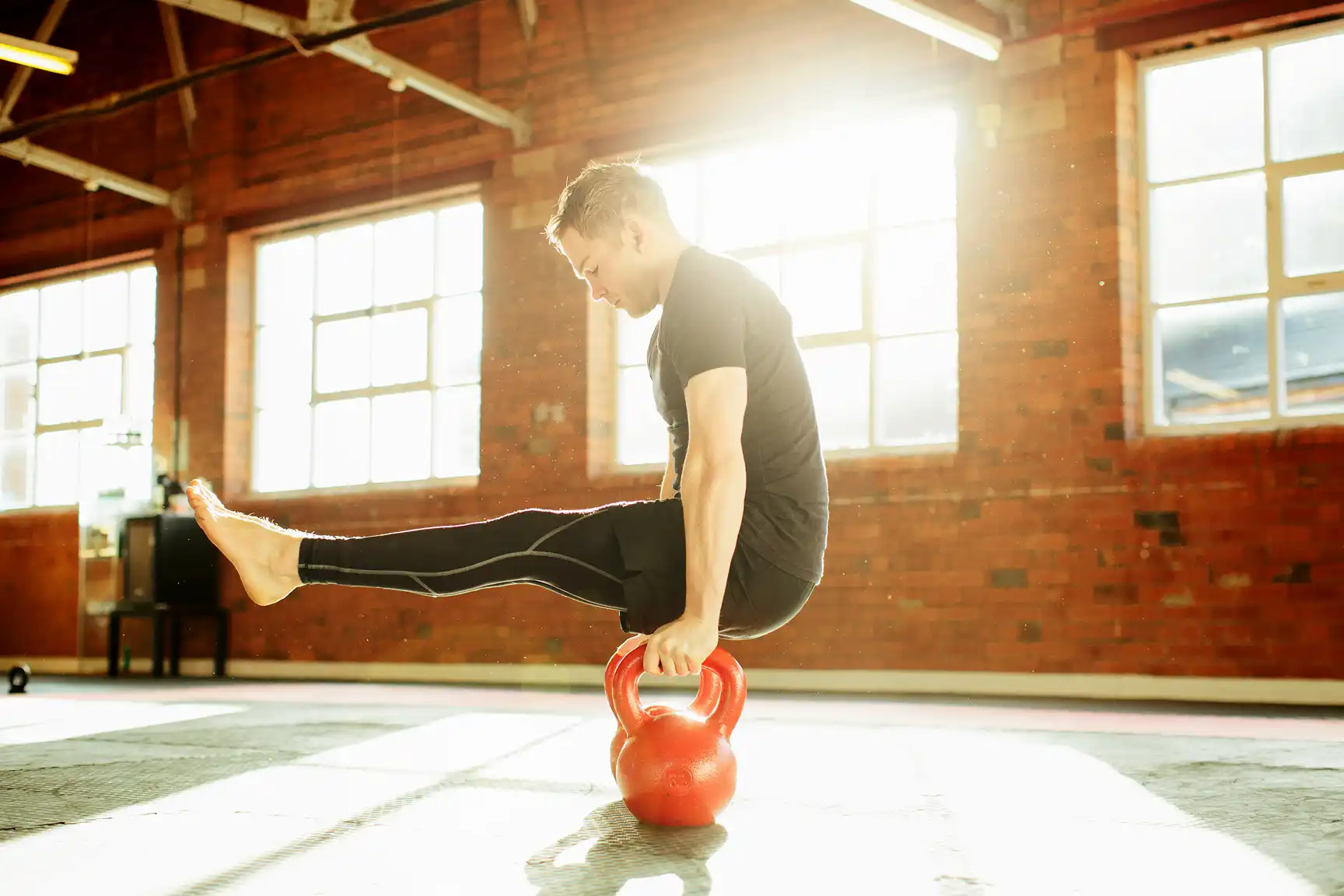
You know that staying active as you age is essential for maintaining good health and overall well-being. But what if traditional high-impact exercises like running or jumping aren't your cup of tea? That's where low-impact strength training comes in.
Low-impact exercises are gentle on your joints while still providing all the benefits of a regular workout. They help you build strength, increase flexibility, improve cardiovascular health, and even promote mental clarity. Plus, they're suitable for people of all ages, genders, races, income brackets—you name it!
Whether you prefer yoga, swimming, cycling, or simply walking, there's a low-impact exercise out there that's perfect for you. And the best part? You can design a personalized low-impact workout routine that fits seamlessly into your lifestyle.

Before you dive headfirst into any workout routine, it's crucial to understand your current fitness level. This will help you design a low-impact strength training program that suits your needs and ensures safe progress.
Simple evaluations like these will give you a better understanding of your fitness level:
1. Cardiovascular Endurance: Measure how efficiently your heart and lungs work. Do this by testing activities like brisk walking, cycling, or swimming for a set period.
2. Muscular Strength: Assess how much force your muscles can generate by performing exercises like push-ups, squats, or planks.
3. Flexibility: Gauge the range of motion in your joints through stretches such as touching your toes or the butterfly stretch.
4. Balance: Test your ability to maintain stability by standing on one leg (with support nearby if needed) for 20-30 seconds.
Keep in mind that these assessments are just starting points—everyone is unique and may have different strengths and areas for improvement. Be honest with yourself about what feels challenging and where you excel.

When it comes to designing your low-impact workout routine, the key is to set achievable goals that are personalized to your specific needs and desires. After all, no two individuals are exactly alike, and your fitness journey should reflect that.
Consider factors such as age, medical history, and family type when setting your health and fitness goals. What works for one person may not work for another. Take into account any limitations or concerns you may have and tailor your goals accordingly.
Additionally, celebrating small milestones along the way can help keep motivation high. Treat yourself to a massage or a new workout outfit when you reach mini-goals related to your fitness objectives. These rewards can provide an extra boost of motivation when the going gets tough.

Are you ready to dive into designing your low-impact workout routine? Let's get started! With the right exercises and a bit of personalization, you can create a routine that fits perfectly into your lifestyle, addressing your unique needs and preferences.
To begin, consider exercises that align with your personal preferences and health constraints. For those looking for flexibility in middle age, yoga poses can be ideal. If you prefer resistance training, incorporating resistance bands into your routine can provide a gentle yet effective workout.
Consider any health conditions or previous injuries when selecting exercises for your routine. It's crucial to choose activities that won't exacerbate any existing issues and are safe for your body. Consulting with a healthcare professional can help ensure that you're making choices aligned with your specific needs.
There are numerous products available that can enhance your low-impact strength training experience at home. Consider investing in comfortable workout attire, supportive shoes, yoga mats, resistance bands or weights (if appropriate), and other accessories based on your preferences and budget.

Keeping up with a workout routine can be challenging, but staying motivated is key to achieving your fitness goals. Here are some strategies to help you stay on track:
1. Keep a Workout Journal: Track your progress, record your workouts, and document how you feel after each session. Seeing your improvements written down can be incredibly motivating and give you a sense of accomplishment.
2. Make It Fun: Find ways to make your workouts enjoyable. Listen to upbeat music that gets you moving, try out different exercises or classes that pique your interest, or invite a friend to join you for added motivation and accountability.
3. Mix It Up: Variety is the spice of life – and also of workouts! Avoid getting bored by switching up your routine regularly. Incorporate different low-impact exercises such as yoga, Pilates, swimming, or cycling to keep things interesting.

You've designed your low-impact workout routine, and you're feeling great about taking care of your body and aging gracefully. But remember, fitness is an ongoing process, and there's always room for improvement. Here are a few key points to keep in mind as you continue on your journey:
- Adapt as You Grow Older
- Embrace Life's Changes
- Listen to Your Body
- Stay Consistent
- Seek Variety
- Find Support
Remember, aging gracefully means taking care of yourself both physically and mentally. By designing a low-impact workout routine that suits your needs, you'll continue on the path toward optimal health and wellness.

The information provided in this article is for general informational purposes only and should not be considered professional advice. It is important to consult with qualified professionals before starting any new exercise program or making changes to your current routine. The content, including text, images, and other materials, does not substitute for medical advice, diagnosis, or treatment. Reliance on the information presented here is at your own risk. We do not endorse or recommend any specific products or treatments mentioned in this article. Always seek the guidance of qualified professionals regarding your individual health needs and concerns.
